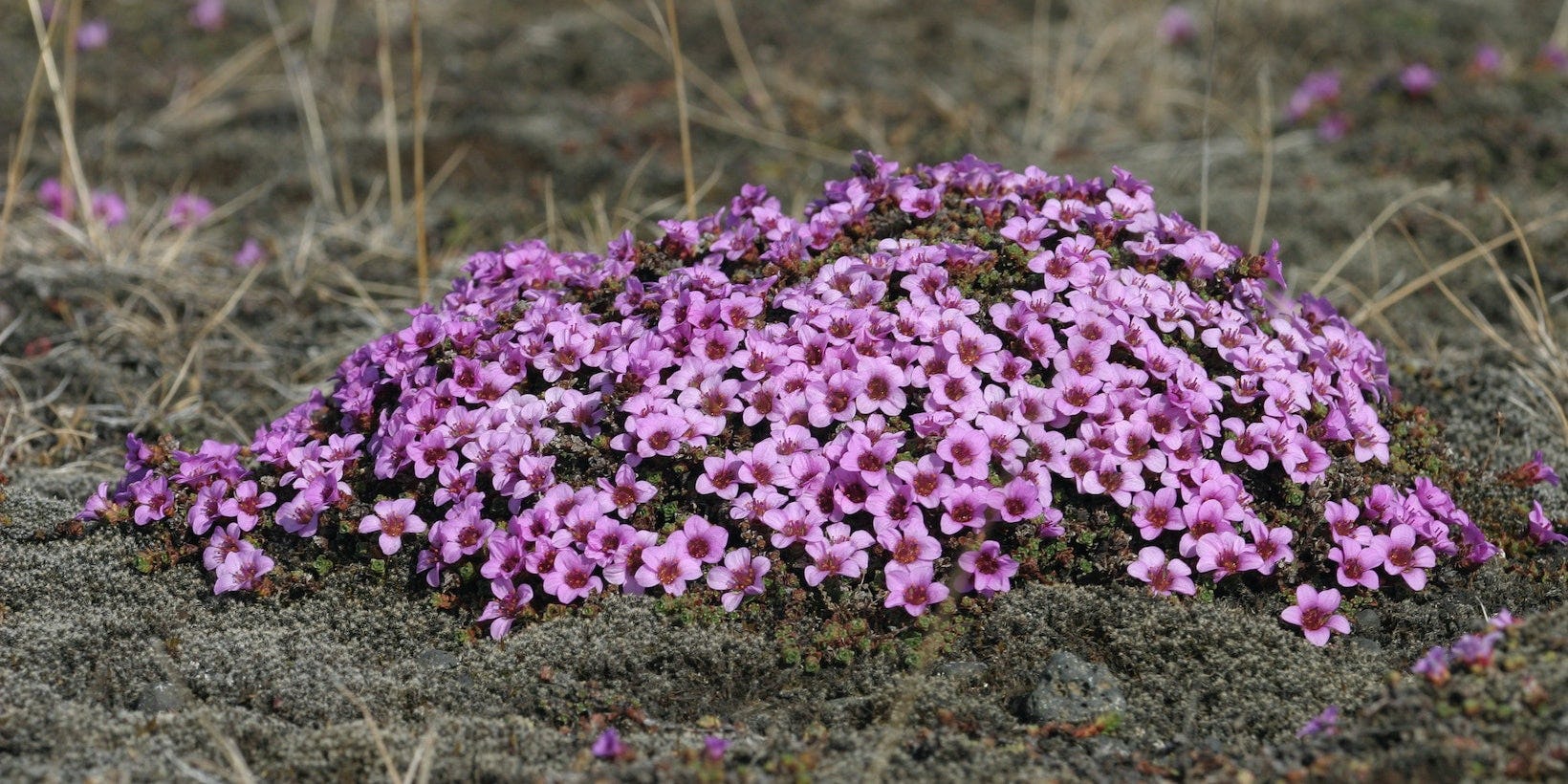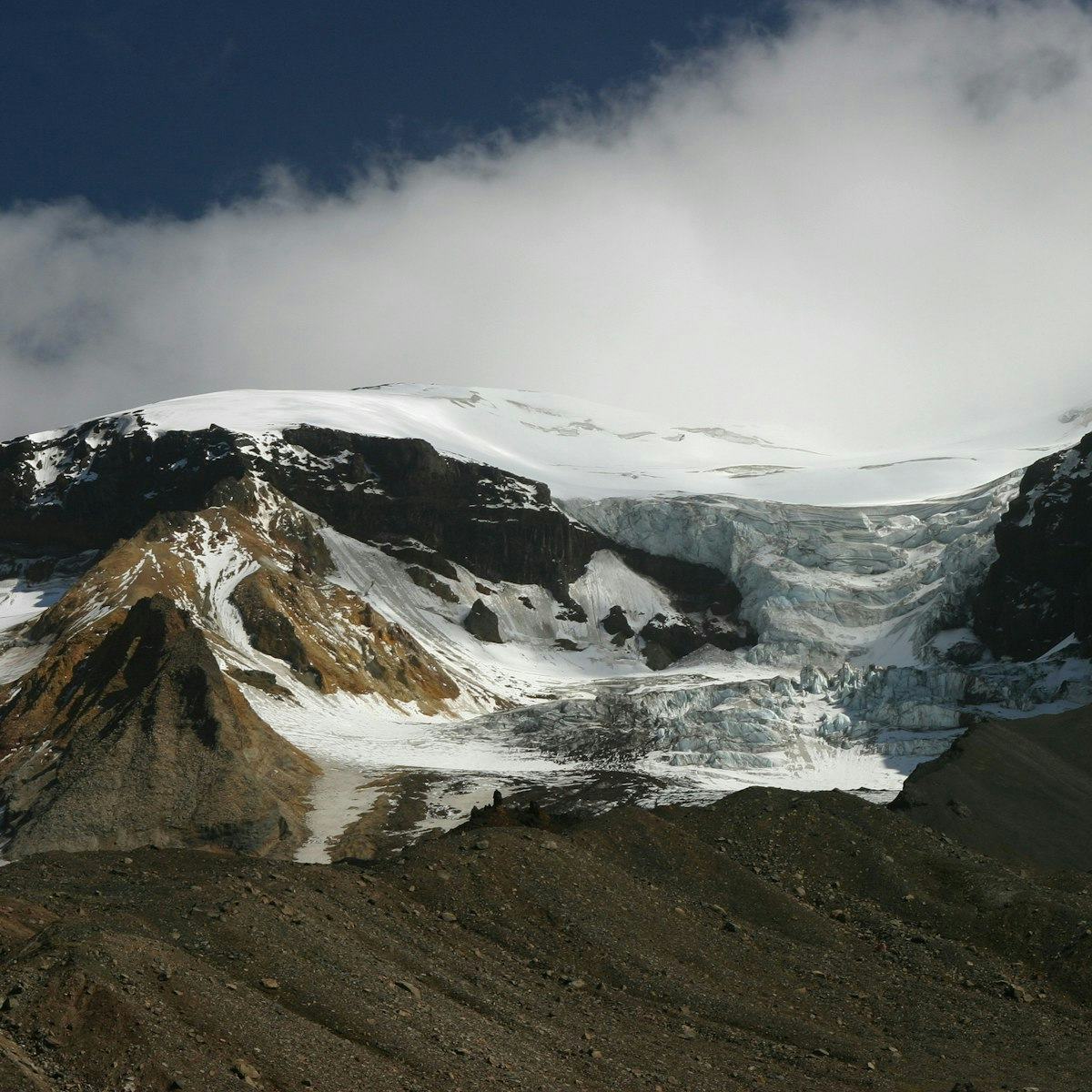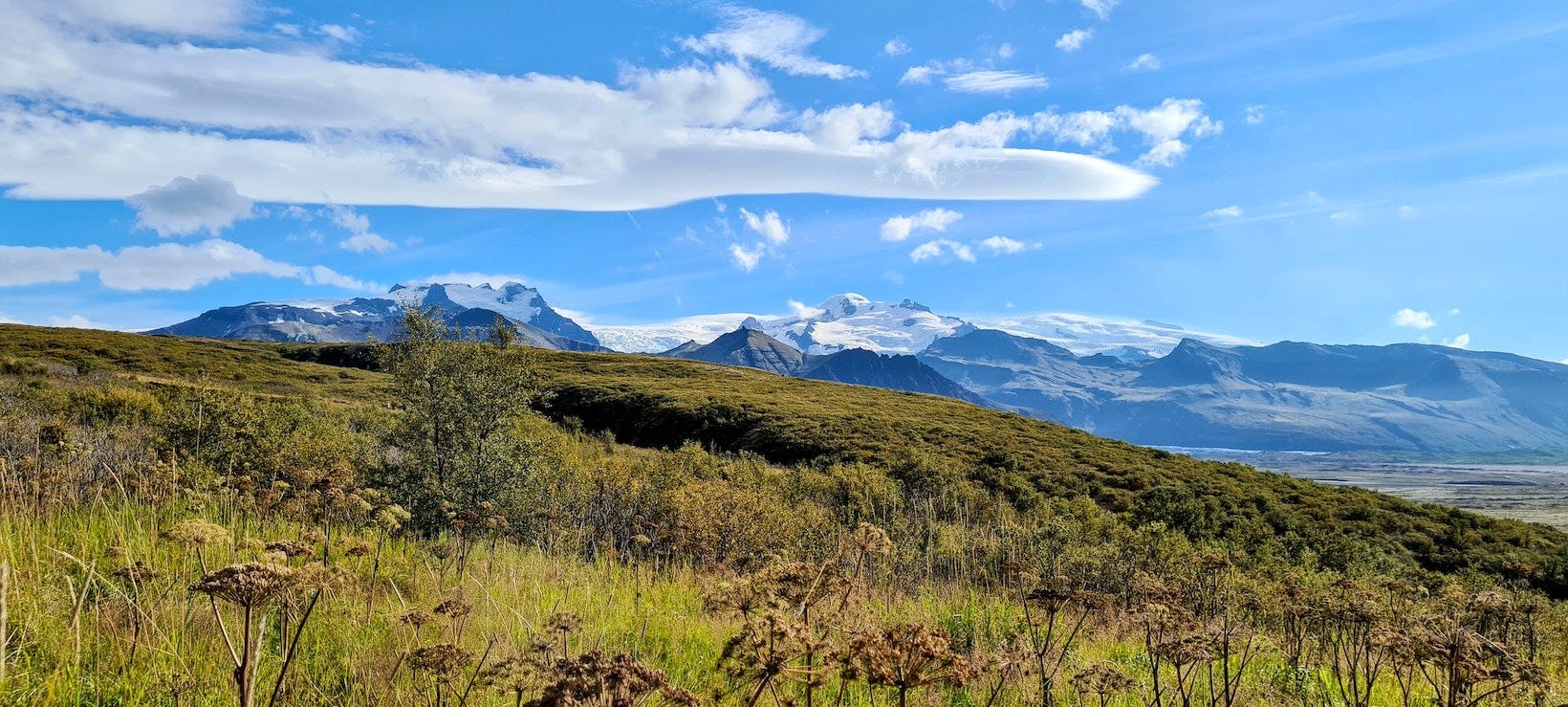World Heritage Site
To be included in the UNESCO World Heritage List, a place or phenomenon must have what is called a unique value on a global scale. Vatnajökull National Park was inscribed as a World Heritage Site in 2019 due an outstanding example representing major stages of earth's history, including the record of life, significant on-going geological processes in the development of landforms, or significant geomorphic or physiographic features.

The United Nations Educational, Scientific and Cultural Organization (UNESCO) seeks to encourage the identification, protection and preservation of cultural and natural heritage around the world considered to be of outstanding value to humanity. This is embodied in an international treaty called the Convention concerning the Protection of the World Cultural and Natural Heritage, adopted by UNESCO in 1972. Cultural heritage refers to monuments, groups of buildings and sites with historical, aesthetic, archaeological, scientific, ethnological or anthropological value. Natural heritage refers to outstanding physical, biological and geological formations, habitats of threatened species of animals and plants and areas with scientific, conservation or aesthetic value
Heritage is our legacy from the past, what we live with today, and what we pass on to future generations. Our cultural and natural heritage are both irreplaceable sources of life and inspiration. They are our touchstones, our points of reference, our identity. What makes the concept of World Heritage exceptional is its universal application. World Heritage sites belong to all the peoples of the world, irrespective of the territory on which they are located.

Dynamic Nature of Fire and Ice
Vatnajökull National Park was inscribed on the World Heritage list under natural criterion (viii). That means that the area qualifies as an outstanding example representing major stages of earth's history, including the record of life, significant on-going geological processes in the development of landforms, or significant geomorphic or physiographic features.
Unique nature
The coexistence and ongoing interaction of an active oceanic rift on land, a mantle plume, the atmosphere and an ice cap, which has varied in size and extent over the past 2.8 million years, make the property unique in a global context. Earth system interactions are constantly building and reshaping the property, creating remarkably diverse landscapes and a wide variety of tectonic, volcanic and glaciovolcanic features. Especially interesting and unique in this regard are the basaltic lava shields (Iceland shields), volcanic fissures and cone rows, vast flood lavas, and features of ice dominant glacio-volcanism, such as tuyas and tindar. Interestingly, the well exposed volcanic features of the property have been used as analogues for similar features on the planet Mars. Geothermal heat and subglacial eruptions produce meltwater and jökulhlaups that maintain globally unique sandur plains, to the north and south of the Vatnajökull ice cap, as well as rapidly evolving canyons. In addition, the property contains a dynamic array of glacial- and geomorphological features, created by expanding or retreating glaciers responding to changes in climate. These features can be easily accessed and explored at the snouts of Vatnajökull’s many outlet glaciers and their forelands, especially in the southern lowlands, making the property a flagship glacial research location.
Fire and Ice
This iconic volcanic region covers an area of over 1,400,000 ha, nearly 14% of Iceland's territory. It numbers ten central volcanoes, eight of which are subglacial. Two of these are among the most active in Iceland. The interaction between volcanoes and the rifts that underlie the Vatnajökull ice cap takes many forms, the most spectacular of which is the jökulhlaup – a sudden flood caused by the breach of the margin of a glacier during an eruption. This recurrent phenomenon has led to the emergence of unique sandur plains, river systems and rapidly evolving canyons. Volcanic areas are home to endemic groundwater fauna that has survived the Ice Age.

The Nomination Process
The Icelandic Government’s proposal for the inscription of Vatnajökull National Park on the World Heritage List signed by Guðmundur Ingi Guðbrandsson, Minister for the Environment and Natural Resources and Lilja Alfreðsdóttir, Minister of Education, Science and Culture. The proposal was presented to the office of the World Heritage Convention in Paris in January 2018. Preparation of the nomination started in 2016 and the nomination document was prepared by Vatnajökull National Park as commissioned by the Ministry for the Environment and Natural Resources and the Ministry of Education, Science and Culture. A steering group was set up by the ministries to oversee and manage the nomination process.
On the 5th of July 2019 Vatnajökull National Park was inscribed on UNESCO’s list of World Heritage Sites. The decision, which was taken at a meeting of the World Heritage Committee in Baku, Azerbaijan confirmed that the natural environment of the Park and the Nature Reserve at Lónsöræfi have a unique value to humankind.
Management and protection requirements
The government agency Vatnajökull National Park (Vatnajökulsþjóðgarður) is the primary state agency responsible for implementing the park legislation, and is an effective organization, supported at all levels by the Icelandic government, local municipalities and businesses. There is mature governance in place together with experienced staff responsible for management employed on a long-term basis, including a strong complement of permanent and temporary staff.
Recommends the State Party address the following, to maintain and strengthen the protection and management of the property:
- Complete, in a timely manner, the current revision of the management plan for Vatnajökull National Park, ensuring it integrates fully all areas included in the property,
- Seek to complete integration of the Herðubreiðarlindir and Lónsöræfi Nature Reserves into Vatnajökull National Park in order to facilitate cohesive management of the whole property,
- Make available additional staff resources, including both field staff and administrative support, to ensure the effective protection and management of the property, in view of the recent areas that were added to Vatnajökull National Park, and the recorded rapid recent increase in visitation to the property,
- Put in place adequate visitor facilities in the heavily visited areas around the Jökulsárlón Lagoon in the south of the property, and also at the Dettifoss Waterfall to the north of the property,
- Adopt and implement effective certification for commercial operators and guides operating in the property, and
- Take additional measures to discourage illegal off-road driving by visitors, and to rehabilitate any areas affected adversely by these and other visitor uses.
World Heritage explained